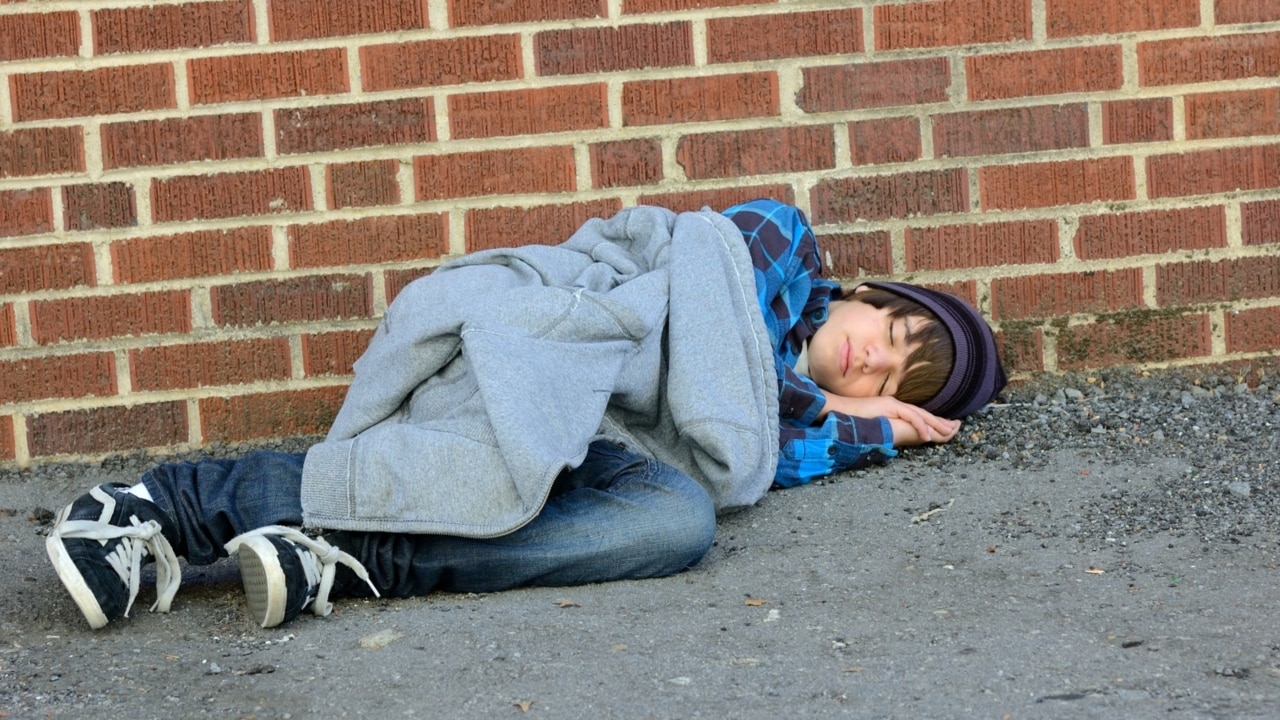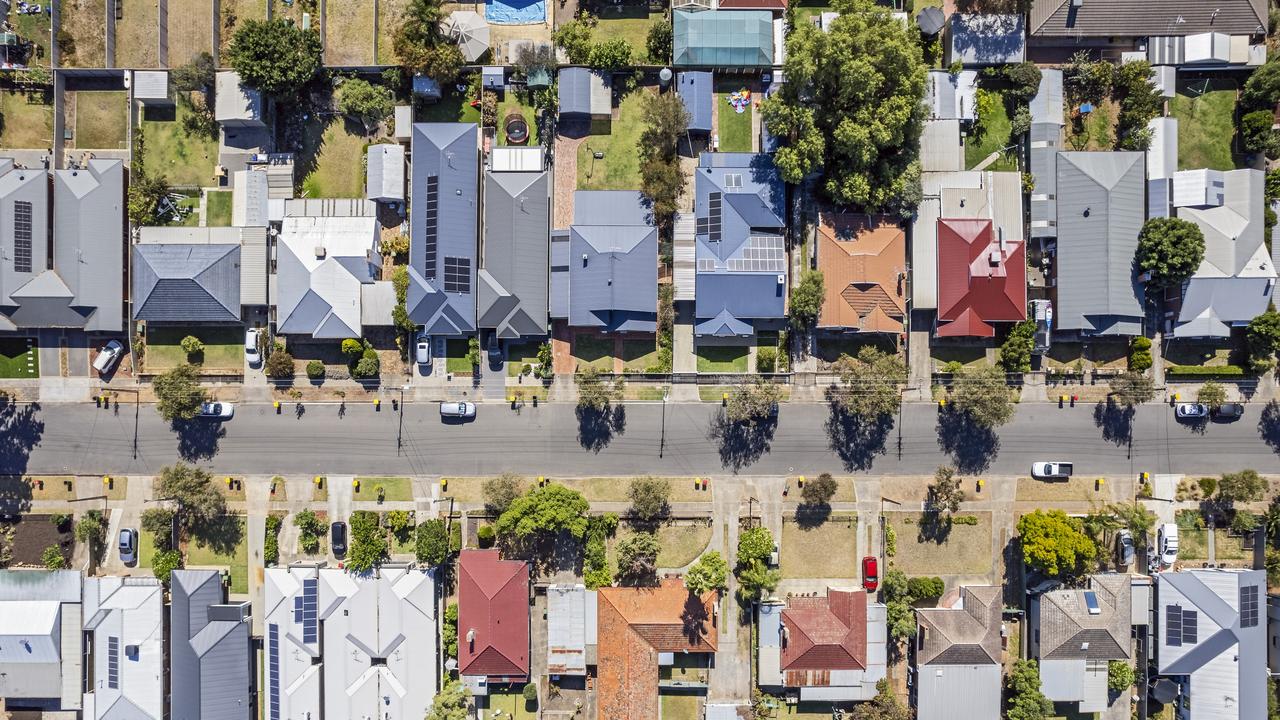Real Estate Institute of QLD says state government’s social housing failure ‘disastrous’
Property industry figures say the Palaszczuk government’s social housing failure is “disastrous” considering Queensland is in middle of the state’s worst rental crisis.

Property
Don't miss out on the headlines from Property. Followed categories will be added to My News.
Empty rooms and spiralling social housing waiting lists in the middle of Queensland’s worst rental crisis has been described as “disastrous” by property industry figures.
The Real Estate Institute of Queensland says the impact of the state government’s failure to manage social housing will put pressure on already record low rental vacancy rates and
a broader housing market desperate for more supply.
“The timing is disastrous,” Real Estate Institute of Queensland (REIQ) chief executive Antonia Mercorella said of the “damning” Auditor-General’s report on how the Palaszczuk government is managing demand for public housing. “The fact there are houses with spare rooms in the middle of probably Queensland’s worst rental crisis is very concerning.
“There’s never been a more important time to be using that social housing to its full potential; for example if you’ve got a family of three that could be put elsewhere so a family of six could use that property more effectively. That’s something the community would expect the government is capable of managing.”

Ms Mercorella said social housing applicants who were falling through the cracks would be competing with other prospective tenants in the market for rental properties, which was putting “enormous pressure” on private investors.
“When we see tent cities emerging, quite rightly the public is angry, but often private investors are being blamed and this report tells us the government isn’t doing its job as effectively as it should be,” she said.
“The vast majority of the 36 per cent of people who rent in Queensland are renting from private investors. Only 3.4 per cent are social housing.
“The other thing this report demonstrates is there’s no forward planning. We need to be preparing for population growth … we’re the number one destination for interstate migration. Where are we going to put all these people?”

Housing Industry of Australia (HIA) Queensland deputy executive director Paul Leven said social housing supply was a challenge that was being exacerbated by the broader construction crisis.
“We’re facing a situation where we’ve got rising building costs, a very critical lack of available land to build new houses on, supply issues as a result of Covid, labour shortages, and the result is housing is becoming more difficult to access,” Mr Leven said.
HIA Queensland executive director Mike Roberts said the fact the report identified under-utilised bedrooms in social houses highlighted a concern the organisation had about the lack of housing diversity.
“Typically, the only choice people have is to buy a house in the suburbs or an apartment in a high-rise building – there’s not much in-between,” Mr Roberts said. “And yet, we could be building duplexes and triplexes and quadplexes, low-rise apartments, townhouses, granny flats. There’s now an overwhelming need for (accommodation) smaller than a house, but it’s very difficult to deliver that sort of product under the current council planning schemes.”
Mr Roberts said there needed to be a conversation to address the need for different housing styles.
“If you just look at Brisbane, the middle-ring suburbs have been protected for many years and until we’re willing to unlock those suburbs and provide a greater variety of housing, we’re never going to address the housing supply shortage,” he said.
“There’ll be push back from the community in those suburbs if something other than a house is built.”
The report predicts the housing crisis will worsen as interest rates climb and living cost pressures intensify.
Fresh figures from Ray White confirm the supply crisis, showing that last month the number of investment properties sold at auction in Brisbane hit a high of 34 per cent.
These homes are usually rented out to tenants, but many would have sold to owner-occupiers.
The number of homes for sale in Brisbane remains 28 per cent below pre-pandemic levels, meaning competition for properties is still strong, according to PropTrack.
Originally published as Real Estate Institute of QLD says state government’s social housing failure ‘disastrous’



